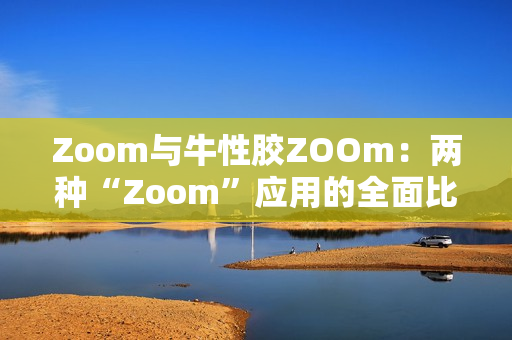Introduction
As a student, we are often bombarded with a plethora of issues to deal with. From academics to extracurricular activities, from social life to personal interests, our plates are always full. However, some of the most pressing issues come in the form of school-related problems. In this article, we will discuss a wide range of issues that students face inside a school environment. We will discuss everything from the lack of English class representatives to the scarcity of resources in Southeast Asian schools and explore solutions to these problems.
Lack of English class representative
One of the major issues that students face in schools is the lack of an English class representative. The English class representative is an essential figure in schools as they are tasked with representing the student body in English-related activities, such as debates and public speaking. Without an English class representative, students miss out on opportunities to improve their language skills and showcase their talents. To solve this issue, schools could encourage students to take up the role of English class representative by offering incentives and providing necessary training.
Scarcity of resources in Southeast Asian schools
Southeast Asian schools face a severe resource shortage in comparison to their Western counterparts. Due to economic factors, many schools in the region lack basic resources such as books, laboratories, and computers. This deprives students of the opportunity to learn necessary skills and gain knowledge that could help them succeed in their futures. One solution to this problem could be for the government and private entities to invest more in education, providing schools with the necessary funds to purchase essential resources. Additionally, community outreach programs and fundraisers could be held to help schools acquire the resources they need.
Top-rated Western humanities and artistic works
There is no denying that Western culture has produced some of the most influential and artistic works that have shaped the course of human history. However, these works are often overlooked in Asian schools and receive little attention. Students are deprived of the opportunity to learn from these masterpieces and experience the cultural wonders of the Western world. To bridge this gap, schools could incorporate these works into their curriculums and expose students to Western culture. This gives students a broader perspective on the world and instills in them an appreciation for the diverse cultural values that exist in society.
5G Technology in Mainland China Schools
The integration of 5G technology into mainland China schools has been an exciting development. From virtual classrooms to remote learning, this technology has revolutionized the way students receive education. However, this has also led to concerns about the overreliance on technology and its negative impact on students' health. To ensure that the incorporation of 5G technology is effective, schools must provide students with a balanced education that incorporates traditional teaching methods and technology. This will allow students to receive the best of both worlds while enabling them to develop the skills and knowledge needed for the future.
Balancing Class Participation and Academic Performance
One of the challenges that teachers face is getting students to actively participate in class while maintaining a high level of academic performance. In some cases, students may avoid participating in class discussions or asking questions due to a fear of being judged or a lack of confidence. This deprives them of the opportunity to learn from their peers and develop their critical thinking skills. To address this issue, teachers could create a classroom environment that encourages active participation while balancing it with academic performance. This could be done through small group discussions, debates, and other interactive activities that allow students to work together and learn from one another.
Conclusion
In conclusion, schools face a variety of issues that can have a significant impact on students' academic growth and personal development. By addressing these issues in a constructive way, schools can foster a learning environment that encourages creativity, critical thinking, and personal growth. While there is no one-size-fits-all solution to these problems, the strategies discussed in this article can serve as a starting point for schools seeking to create a better learning environment for their students.









